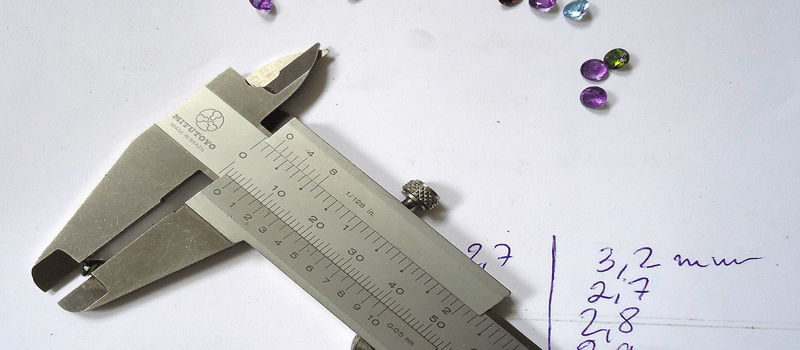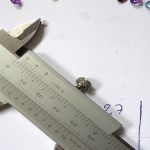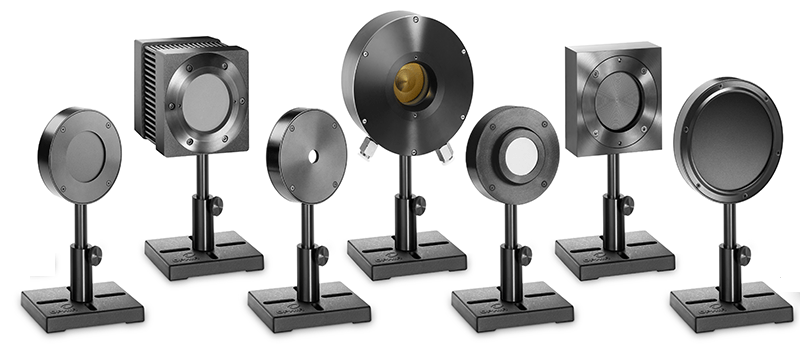,Thermal sensors measure heat.
If someone asks you what wavelengths can be measured with a thermal power sensor, you can confidently respond that Ophir offers products that cover all wavelengths between 150 nm and 30 μm.
These sensors have various coatings used to absorb the laser heat.
Each coating has its own absorption per wavelength graph, meaning- each coating also has its own range of calibrated wavelengths.
You can use your thermal sensor for different kinds of measurements for different kinds of laser and light sources. We’re here to bring you a quick review.
How to use a thermal sensor for measuring a pulsed beam?
If you’d like to measure pulse energy, it is important to remember that thermal sensors have a physical response time on the order of seconds; this means that if pulses are coming in faster than 1 pulse every few seconds, a thermal sensor won’t recognize them as separate pulses. Thermal sensors can, however, measure energy of a “single shot” pulse.
There are some tricks you can use, though.
Imagine for example a 50Hz pulsed laser beam with 1μJ of energy per pulse. A thermal sensor will not distinguish these individual pulses; this beam will appear to the sensor as a CW beam. However, if you fire the laser for one second, the thermal sensor will think it sees one long (50 x 1uJ =) 50μJ pulse, and will measure that.
So even though the laser is rated at 1μJ, which is below the minimum measurable energy of even the very sensitive 3A thermal sensor, the total energy of the train of pulses can be measured in this way without a problem.
What about the average power?
One millijoule per second is one milliwatt. Considering the same 3A sensor for example, the minimum measurable power is 10μW so there should be no problem measuring that 1mW, right?
Not so fast.
Thermal sensors have a physical reaction time of several seconds.
So although all the measurements are well above the noise levels, and our sensors do have a “speed-up” algorithm that gives a readout before the physical response time is up, we can’t correctly measure power unless the laser is on for at least a good few seconds. If that is not an option, one can measure the energy as above (firing the laser for say 1 or 2 seconds) and calculate the average power by dividing the total measured energy by the amount of time the laser was left on.
How to use a thermal sensor for measuring LED power?
In some LED measurement applications, only the total power in Watts needs to be measured. In those cases a thermal sensor may be used, if the beam geometry is such that the full beam can be captured in the sensor’s aperture, and if the power level is suitable. (Otherwise, an Integrating-Sphere-based sensor would be needed.) The thermal sensor has several advantages which make it a good choice for measuring power of LEDs, such as flat spectral response, insensitivity to incidence angle, high damage threshold, convenient price, and accuracy.
And of course simplicity of use. Just point the LED light beam onto the sensor and the power measurement will appear on your meter/screen.












Leave a Reply
Your email address will not be published. Required fields are marked *